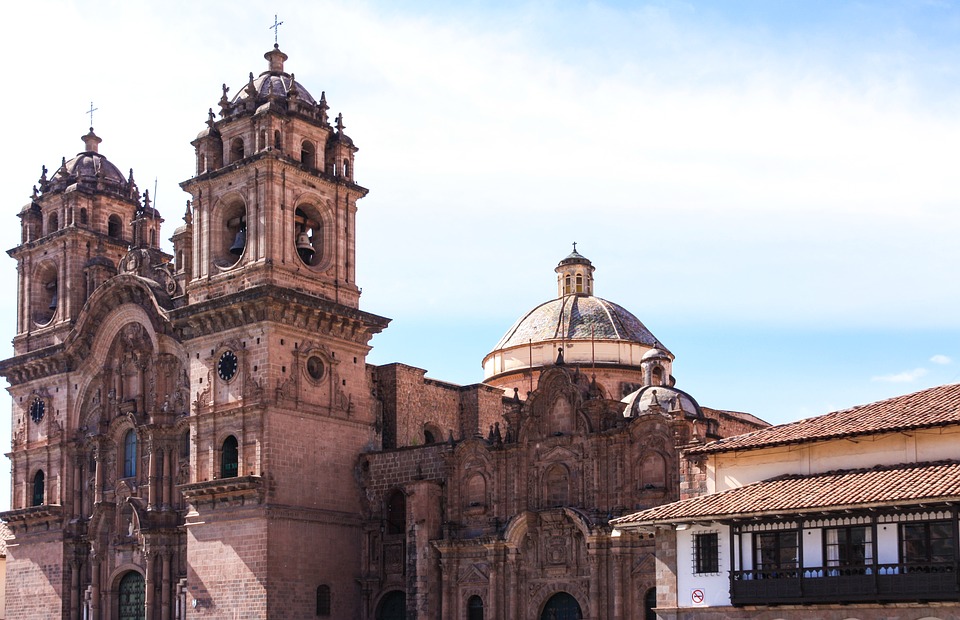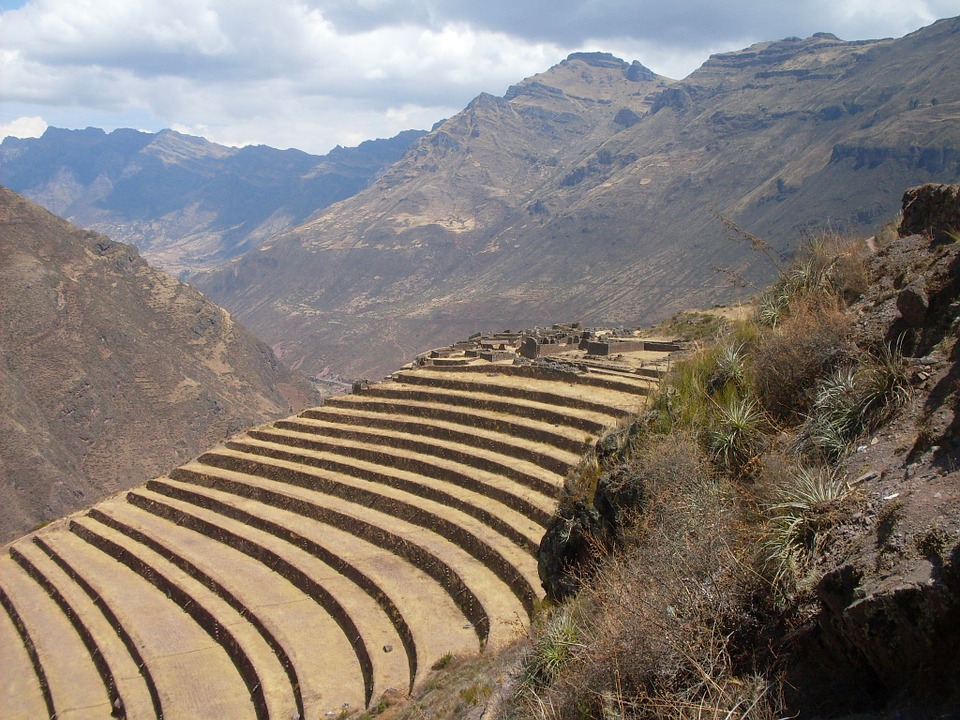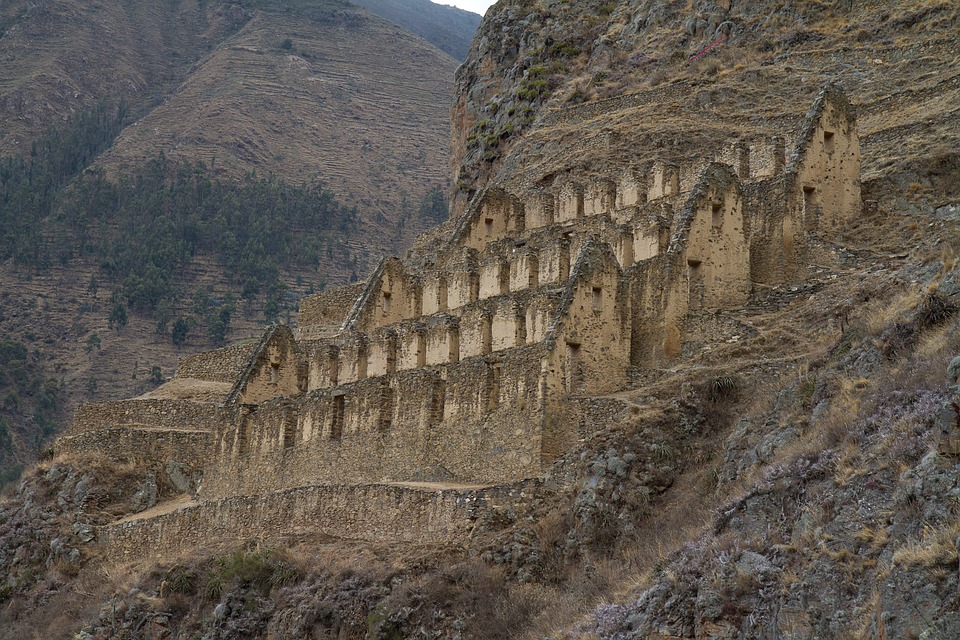19/07/2018
The Inka Empire was the largest empire in pre-Columbian America and, in the early 16th Century, it was possibly one of the largest empires in the world. The origin myths of the Inka Empire relay stories of a pastoral tribe who carried a magic gold staff, and wherever the staff landed, the Inka people would live. After a long journey across the highlands, the staff sank into the ground in Cusco in modern-day Peru.
The political and administrative heart of the Empire was therefore located there, and it has been noted for having one of the most sophisticated structures of politics and society for the time.

From 1438 until 1533, the Inka Empire was made up of a large part of Western South America, centred on the Andean Mountains. At its largest point, the territory was a consolidation of Peru, large parts of modern-day Ecuador, Western and South Central Bolivia, Northwest Argentina, North and Central Chile and a small fraction of Southwest Colombia.
Some of the most notable elements of the Empire were the monumental architecture, especially stonework; the extensive road network created to reach all corners of the Empire; finely-woven textiles; use of knotted strings for record keeping and communication; and agricultural innovation in difficult environments.

The Kingdom of Cusco was formed as a small city-state, whilst expansion began into surrounding areas. A central government was formed with the Inka at its head and four provincial governments with strong leaders. Most accepted the rule of the Inkas and acquiesced peacefully – one Inka ruler sent messages to other leaders expressing the benefits of joining the Empire, offering luxurious gifts such as textiles, and promising they would be materially richer as part of the Empire.
Due to this, the Empire was an enormous amalgamation of various languages, cultures and people. Not all local cultures were fully integrated, each keeping their local worship methods though the Inka rulers encouraged the sun worship of Inti – the Inka Sun God. The spoken language was Quechua, and the entire Empire worked on an economy based on exchange of goods, services and labour until the last stronghold was conquered by the Spanish in 1572.

Recognising our history is incredibly important to us at Inkaterra Hotels as we aim to tread lightly on the planet whilst preserving and celebrating the foundations of Peruvian culture. As a Peruvian organisation with more than 40 years of experience in sustainable tourism, Inkaterra currently has 7 properties in Peru. The ancient Inka practice of exchanging goods, service and labour is not so far off our values as a hotel group in the modern day, as we work hard to maintain our Peruvian workforce and utilise materials and products from our neighbouring areas.
Every single year we host over 200,000 travellers to Peru, sharing authentic Peruvian travel experiences in nature with our guests. Our properties’ locations in Cusco, the Sacred Valley, Machu Picchu Pueblo and in the Amazon inspire us to continue our preservation work and spread the word about Peru and its colourful past and present.
